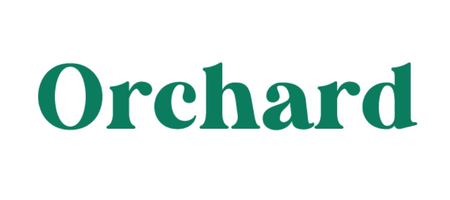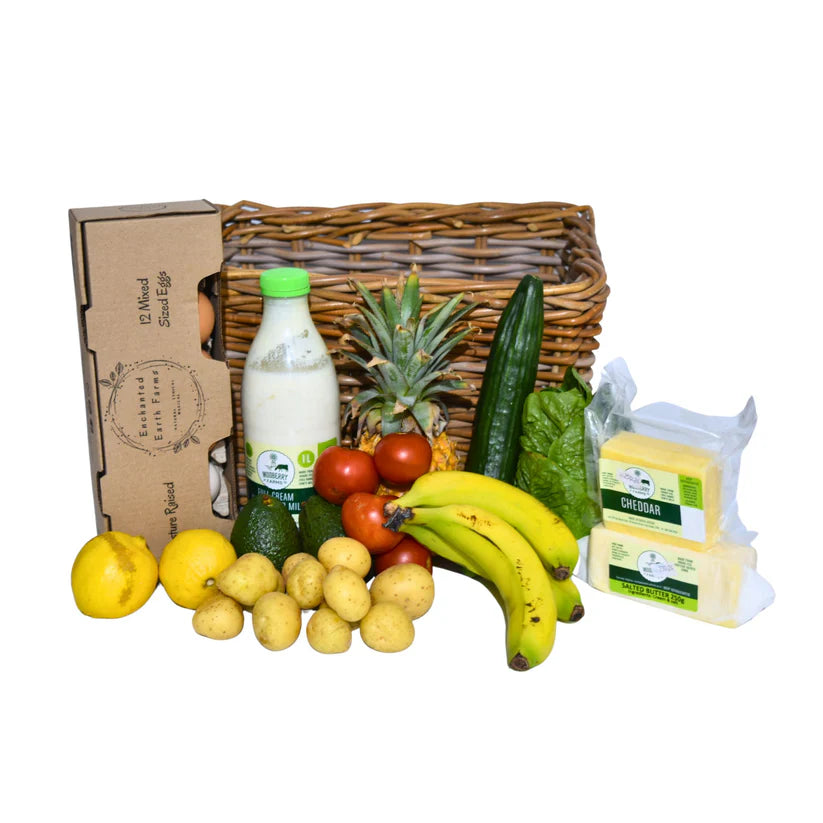- Ensure raw milk is sourced from certified producers known for adhering to stringent safety standards and protocols.
- Prioritize suppliers who maintain strict cleanliness and proper handling procedures throughout milk collection, transportation, and storage to ensure freshness and safety.
- Consider personal health status and consult with a healthcare professional, especially for vulnerable groups like pregnant women, young children, and those with compromised immune systems, to assess potential risks associated with raw milk consumption.
The debate surrounding the safety of raw milk has sparked considerable discussion among health enthusiasts and consumers alike. Raw milk, prized for its purported health benefits and unprocessed nature, has garnered both praise and skepticism. With conflicting information circulating about its safety, it's crucial to delve into the nuances and considerations surrounding this controversial topic. In this article, we aim to provide a comprehensive exploration of the safety of raw milk, particularly focusing on the significance of Certified Raw Milk. By examining the stringent standards, debunking myths, and highlighting the health benefits, we endeavor to shed light on whether raw milk is indeed a safe choice for consumers seeking wholesome and nourishing alternatives. Join us as we navigate through the complexities of raw milk safety and empower readers to make informed decisions about their dairy consumption.
Understanding the Importance of Certified Raw Milk
Raw milk, revered for its unadulterated nature and potential health benefits, has become a topic of interest among health-conscious consumers. However, not all raw milk is created equal. Certified Raw Milk stands out as a beacon of safety and quality, setting a gold standard for dairy production. Understanding the importance of Certified Raw Milk entails delving into the rigorous standards and protocols that differentiate it from conventional raw milk.
Certified Raw Milk undergoes a stringent certification process that ensures compliance with the highest standards of safety and hygiene. One of the key distinctions is the requirement for a closed and quarantined dairy herd. This means that no new cows are introduced into the herd, reducing the risk of disease transmission and contamination. Additionally, regular vaccinations and testing for diseases such as brucellosis and tuberculosis are mandatory, guaranteeing the health and well-being of the herd and, by extension, the safety of the milk they produce.
Moreover, Certified Raw Milk production entails meticulous attention to cleanliness and sanitation. Milking parlors and equipment must adhere to superior standards, with rigorous protocols for washing, maintenance, and replacement. This dedication to hygiene ensures that the milk remains free from harmful bacteria and impurities, safeguarding the health of consumers. By understanding the importance of Certified Raw Milk, consumers can make informed choices that prioritize safety and quality, ensuring a wholesome and nourishing dairy experience.
The Stringent Standards of Certified Raw Milk Production
Certified Raw Milk production operates under a strict set of standards and protocols designed to ensure the safety and quality of the final product. These stringent measures encompass every aspect of the production process, from the health of the dairy herd to the cleanliness of the milking equipment. By adhering to these rigorous standards, producers uphold a commitment to providing consumers with a superior and trustworthy dairy product.

Shop Organic Keedz Peekaboo Veggies at Orchard Food Market
One of the fundamental requirements for Certified Raw Milk production is a closed and quarantined dairy herd. This means that no new cows are introduced into the herd, minimizing the risk of disease transmission. Additionally, the herd must undergo regular vaccinations and testing for diseases such as brucellosis and tuberculosis. These measures are essential for maintaining the health and well-being of the animals, which in turn ensures the safety of the milk they produce.
Furthermore, milking parlors and equipment must meet superior standards of cleanliness and hygiene. Strict protocols are in place for washing, sanitizing, and maintaining equipment to prevent contamination of the milk. Regular inspections and testing are conducted to verify compliance with these standards, providing consumers with assurance that the milk they purchase is free from harmful bacteria and impurities. By adhering to these stringent standards, Certified Raw Milk producers uphold a commitment to quality and safety, providing consumers with a premium dairy product they can trust.
Dispelling Misconceptions About Raw Milk Safety
Raw milk has often been subject to misconceptions regarding its safety, leading to confusion among consumers. One common misconception is the belief that raw milk is inherently unsafe due to the potential presence of harmful bacteria. While raw milk can indeed harbor pathogens like E. coli and Salmonella, stringent production standards and regular testing mitigate these risks in Certified Raw Milk. By opting for Certified Raw Milk from reputable sources, consumers can significantly reduce the likelihood of exposure to harmful bacteria.
Another misconception revolves around the necessity of pasteurization to ensure milk safety. While pasteurization effectively kills bacteria, it also diminishes the nutritional value of milk by destroying beneficial enzymes and probiotics. Some argue that the natural enzymes and probiotics in raw milk offer health benefits that are compromised by pasteurization. Moreover, pasteurization does not guarantee absolute safety, as outbreaks of food-borne illness have occurred in pasteurized milk products. Therefore, both raw and pasteurized milk can be consumed safely when produced and handled correctly.
In conclusion, it is essential to approach raw milk consumption with a balanced perspective, considering both potential risks and benefits. Certified Raw Milk produced under stringent standards offers a safe and nutritious alternative to pasteurized milk, dispelling misconceptions surrounding its safety. By understanding the factors contributing to raw milk safety and making informed choices, consumers can enjoy the health benefits of raw milk while minimizing potential risks.
The Health Benefits of Consuming Certified Raw Milk
Certified Raw Milk, produced under stringent standards, offers distinct health advantages compared to pasteurized milk. One significant benefit lies in its preservation of natural enzymes and probiotics, believed to support digestive health and enhance immune function. Unlike pasteurization, which may destroy these beneficial components, Certified Raw Milk retains its nutritional integrity, providing consumers with a potentially richer and more nourishing dairy option.
Moreover, Certified Raw Milk may be easier to digest for individuals with lactose intolerance or dairy sensitivities, thanks to the presence of lactase-producing bacteria and lactase enzyme. This digestive aid can reduce discomfort and digestive issues associated with dairy consumption, making raw milk a viable alternative for those with dietary restrictions.

Shop Organic Feta at Orchard Food
Additionally, raw milk enthusiasts often praise its superior taste and freshness compared to pasteurized milk. The absence of heat treatment during pasteurization allows raw milk to retain its natural flavor and creaminess, offering a more wholesome and satisfying drinking experience. While the health benefits of raw milk consumption are subject to ongoing research, many individuals believe that its minimal processing and natural composition make it a healthier and more nutritious choice for dairy consumers.
Factors to Consider When Choosing Raw Milk
When selecting raw milk for consumption, several crucial factors must be considered to ensure safety and quality. First and foremost, sourcing raw milk from certified and reputable producers is paramount. Certified Raw Milk producers adhere to stringent standards and protocols, guaranteeing the safety and quality of their product through regular testing for pathogens and strict hygiene practices.
Additionally, consumers should prioritize suppliers who maintain proper handling and storage practices for raw milk. Cleanliness and adherence to strict protocols during milk collection, transportation, and storage are essential for maintaining freshness and safety. By choosing suppliers who prioritize these practices, consumers can minimize the risk of contamination and ensure the integrity of the raw milk they purchase.
Furthermore, individuals should be mindful of their health status and any potential risks associated with raw milk consumption. While raw milk offers potential health benefits, it may pose risks for certain groups, such as pregnant women, young children, and those with compromised immune systems. Consulting with a healthcare professional before incorporating raw milk into one's diet is advisable, especially for individuals with specific health considerations. By considering these factors and prioritizing safety measures, consumers can confidently enjoy raw milk as a wholesome and nourishing option for their dietary needs.










